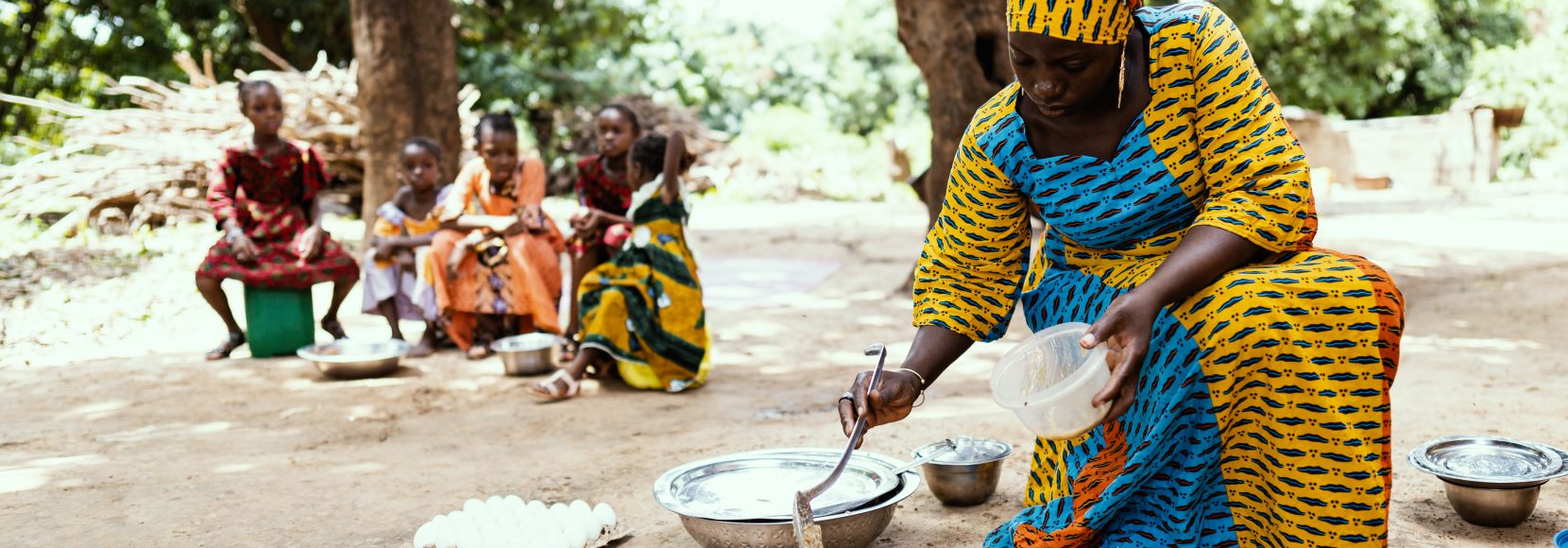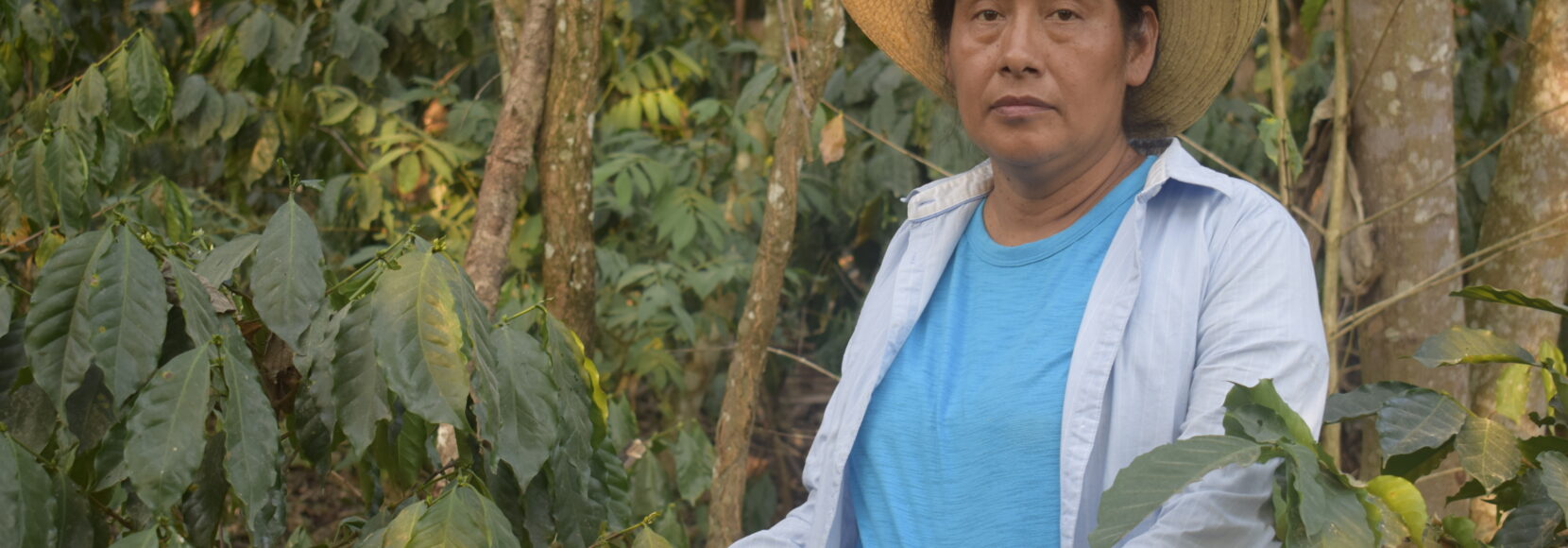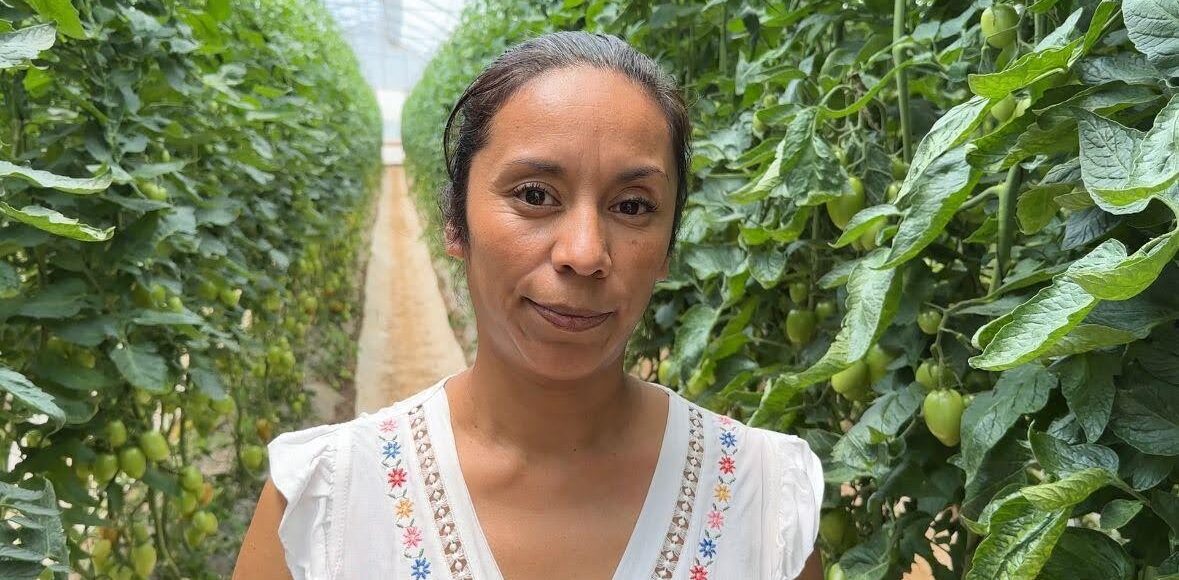
What Does Food Insecurity Look Like Around the World?
As TechnoServe works with those in low-income communities in 30 countries throughout Africa, Asia, and Latin America, we have seen how food insecurity presents different challenges–and opportunities for resilience–around the world.
People in low-income communities fight every day to feed their families–but threats like climate change and other global problems can make that an uphill battle. As TechnoServe works with these communities in 30 countries throughout Africa, Asia, and Latin America, we have seen how food insecurity presents different challenges–and opportunities for resilience–around the world.
Here are snapshots of food security challenges from each region where we work, and how determined people are working with TechnoServe to overcome them.
Africa: Flooding in Nigeria Causes Food Insecurity
In October 2022, Nigeria experienced its worst floods in years, which killed hundreds of people and displaced over a million in Africa. The floodwaters destroyed nearly 267,000 acres of farmland, reducing food security in a country in Africa where millions already suffer from hunger and food insecurity. “The distribution of goods, food items and other commodities, oil, and petrol…from states where they are produced to other parts [of the country] has been disrupted because of the roads that have been blocked off as a result [of the floods],” explains TechnoServe’s Nigeria Country Director Adesuwa Akinboro. Farmers who had been working with TechnoServe to improve their crop production, however, suffered less damage regarding food insecurity.
Asia: India Experiences Historic Heat Wave and its Severe Effects
Last year, India’s record heat began with the hottest month the country in Asia had experienced in over 100 years. Temperatures soared as high as 115 degrees Fahrenheit, killing dozens of people and decimating crops. At the same time, rainfall dwindled to only a quarter to a third of its usual level. We caught up with our TechnoServe team in India for a firsthand look at how this historic heat wave—an increasing phenomenon due to climate change—affected smallholder farmers, and how our team worked with them to survive the crisis in Asia.
Latin America: Why Farmers in Honduras Who Feed Others Can’t Always Feed Their Families
In Jicarito, Honduras, María Castillo is a bean farmer. While southern Honduras has rich farmland in Latin America, María and her family still struggled over the years with hunger. “We used to grow bad quality beans and have low productivity because we did not know the best practices,” she recalls. Although María eventually worked with TechnoServe to improve her crops and her income, her struggle with food insecurity isn’t uncommon. In Latin America and around the world, smallholder farms produce close to 30% of the world’s food supply, and close to 2 billion people depend on those farmers for food.
Of the almost 700 million people who don’t get enough food, many of them are farmers. Join us as we help those who feed the world to feed themselves.





